What Is An Endoscope Washer Used For ?
An endoscope washer is a medical device used for cleaning and disinfecting endoscopes. It is specifically designed to remove debris, organic material, and microorganisms from the surface of endoscopes, ensuring that they are properly cleaned and ready for reuse. The washer typically consists of a chamber or basin where the endoscope is placed, along with a system of water jets, brushes, and detergents that help to thoroughly clean the instrument. The endoscope washer may also have a built-in disinfection system, such as the use of high-temperature water or chemical disinfectants, to further ensure the elimination of any remaining pathogens. Overall, the endoscope washer plays a crucial role in maintaining the safety and effectiveness of endoscopic procedures by preventing the transmission of infections between patients.
1、 Cleaning and disinfection of endoscopes
An endoscope washer is a specialized medical device used for the cleaning and disinfection of endoscopes. Endoscopes are flexible or rigid instruments that are inserted into the body to visualize and diagnose various medical conditions. They are commonly used in procedures such as colonoscopies, gastroscopies, bronchoscopies, and laparoscopies.
The endoscope washer plays a crucial role in ensuring that endoscopes are properly cleaned and disinfected after each use. It is designed to remove organic debris, such as blood, tissue, and other bodily fluids, from the endoscope's channels and surfaces. This is important to prevent the buildup of biofilm, which can harbor bacteria and other microorganisms.
Cleaning and disinfection of endoscopes are essential to maintain patient safety and prevent the transmission of infections. In recent years, there has been an increased focus on the importance of proper endoscope reprocessing due to several reported cases of infections linked to contaminated endoscopes. These incidents have led to stricter guidelines and regulations regarding endoscope cleaning and disinfection.
The latest point of view emphasizes the need for thorough and standardized cleaning protocols for endoscopes. This includes the use of automated endoscope washers, which provide consistent and effective cleaning results. These machines typically use a combination of mechanical action, detergent solutions, and high-level disinfection to ensure the removal of all contaminants.
Additionally, the latest advancements in endoscope washer technology include features such as automated leak testing, documentation systems, and tracking software. These innovations help to improve the efficiency and traceability of the cleaning and disinfection process.
In conclusion, an endoscope washer is used for the cleaning and disinfection of endoscopes to ensure patient safety and prevent the transmission of infections. The latest point of view emphasizes the importance of standardized cleaning protocols and the use of advanced technology to achieve optimal results.
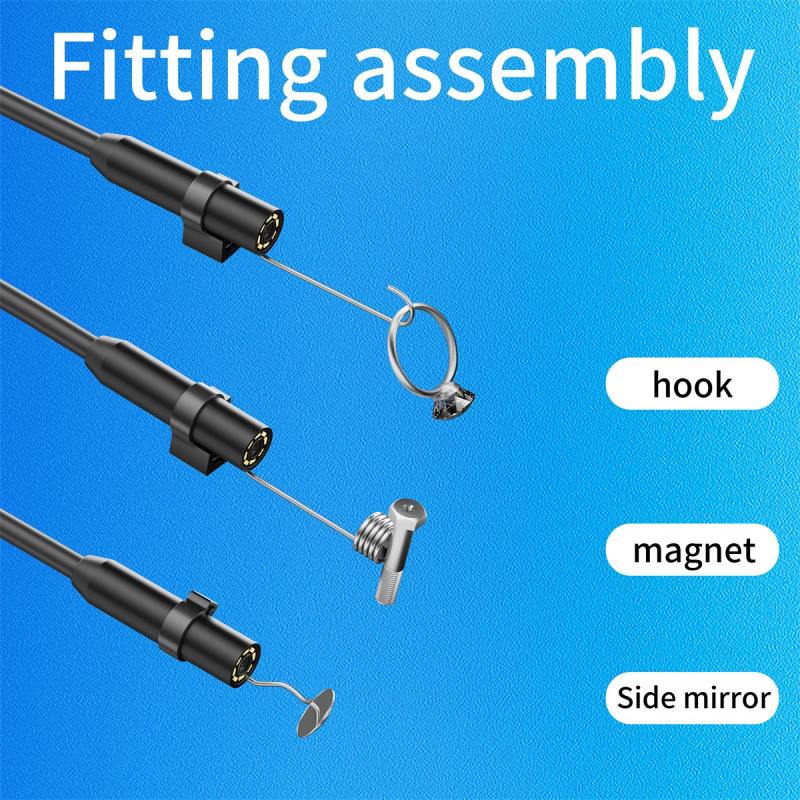
2、 Removal of organic debris and biofilm from endoscope surfaces
An endoscope washer is a specialized medical device used for the cleaning and disinfection of endoscopes. Endoscopes are flexible or rigid instruments used for visualizing and accessing internal body cavities or organs. They are commonly used in various medical procedures, such as gastrointestinal examinations, bronchoscopy, and laparoscopy.
The primary purpose of an endoscope washer is the removal of organic debris and biofilm from the surfaces of endoscopes. Organic debris can include blood, mucus, and other bodily fluids that may accumulate on the endoscope during a procedure. Biofilm refers to a slimy layer of microorganisms that can form on the endoscope's surfaces over time. Both organic debris and biofilm can harbor bacteria and other pathogens, posing a risk of infection if not properly removed.
The endoscope washer typically utilizes a combination of mechanical action, detergent solutions, and high-pressure water jets to effectively clean the endoscope. The device is designed to ensure thorough cleaning of all the endoscope's channels and components, including the insertion tube, biopsy channel, and air/water channels.
In recent years, there has been an increased focus on the importance of proper endoscope reprocessing to prevent healthcare-associated infections. Studies have highlighted the potential for residual organic debris and biofilm to remain on endoscopes even after manual cleaning. This has led to advancements in endoscope washer technology, with some devices incorporating automated cleaning cycles and enhanced monitoring systems to ensure optimal cleaning and disinfection.
In conclusion, an endoscope washer is used for the removal of organic debris and biofilm from endoscope surfaces. It plays a crucial role in maintaining the cleanliness and safety of endoscopes, reducing the risk of infection transmission during medical procedures. Ongoing advancements in endoscope washer technology continue to improve the effectiveness and efficiency of endoscope reprocessing.

3、 Elimination of bacteria, viruses, and other microorganisms from endoscopes
An endoscope washer is a specialized medical device used for the elimination of bacteria, viruses, and other microorganisms from endoscopes. Endoscopes are flexible or rigid instruments that are inserted into the body to visualize and diagnose various medical conditions. They are commonly used in procedures such as colonoscopies, gastroscopies, bronchoscopies, and laparoscopies.
The importance of properly cleaning and disinfecting endoscopes cannot be overstated. These instruments come into direct contact with bodily fluids and tissues, making them susceptible to contamination by harmful microorganisms. Failure to adequately clean and disinfect endoscopes can lead to the transmission of infections between patients, posing a significant risk to patient safety.
Endoscope washers are designed to provide a thorough and effective cleaning process. They typically use a combination of mechanical action, detergents, and high-level disinfection to remove organic material and kill microorganisms. The washer's mechanical action involves flushing the endoscope channels with water and detergent, which helps to dislodge and remove any debris or biofilm that may be present.
The latest point of view emphasizes the importance of using automated endoscope washers that are specifically designed for this purpose. These machines are equipped with advanced features such as automated flushing, precise temperature control, and monitoring systems to ensure optimal cleaning and disinfection. They also have built-in mechanisms to prevent cross-contamination between different endoscopes.
In addition to the elimination of microorganisms, endoscope washers also help to prolong the lifespan of endoscopes by reducing the risk of damage caused by manual cleaning methods. They provide a standardized and consistent cleaning process, ensuring that each endoscope is thoroughly cleaned and disinfected according to established guidelines.
Overall, the use of endoscope washers is crucial in maintaining the safety and effectiveness of endoscopic procedures. By eliminating bacteria, viruses, and other microorganisms, these devices play a vital role in preventing healthcare-associated infections and ensuring the well-being of patients.
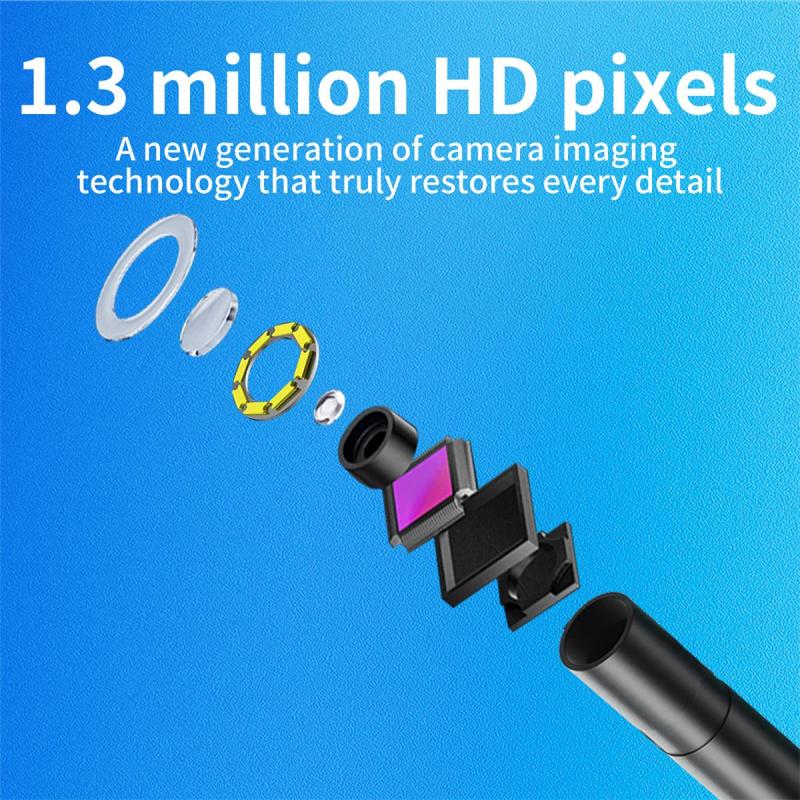
4、 Prevention of cross-contamination during endoscope reprocessing
An endoscope washer is a specialized medical device used for the reprocessing of endoscopes. Its primary purpose is the prevention of cross-contamination during the cleaning and disinfection of endoscopes, ensuring patient safety and reducing the risk of healthcare-associated infections.
Endoscopes are flexible or rigid instruments used for visualizing and accessing internal body cavities. They are commonly used in various medical procedures, such as gastrointestinal examinations, bronchoscopies, and arthroscopies. Due to their intricate design and direct contact with patients' bodily fluids, endoscopes can become contaminated with microorganisms, including bacteria, viruses, and fungi.
The reprocessing of endoscopes involves several steps, including cleaning, disinfection, and sterilization. The endoscope washer plays a crucial role in the cleaning phase. It uses a combination of mechanical action, detergent solutions, and high-pressure water jets to remove organic debris, such as blood, mucus, and tissue, from the endoscope's channels and surfaces.
By effectively cleaning the endoscope, the washer helps eliminate potential sources of contamination. It reduces the risk of residual organic material harboring microorganisms and ensures that subsequent disinfection and sterilization processes are more effective. This is particularly important as endoscopes are often used on multiple patients, making them susceptible to cross-contamination if not properly reprocessed.
In recent years, there has been an increased focus on the prevention of endoscope-related infections, particularly those caused by multidrug-resistant organisms. The latest point of view emphasizes the need for strict adherence to reprocessing guidelines, including the use of automated endoscope washers. These devices provide standardized and consistent cleaning processes, reducing the potential for human error and improving the overall quality of endoscope reprocessing.
In conclusion, an endoscope washer is used for the prevention of cross-contamination during endoscope reprocessing. It ensures that endoscopes are thoroughly cleaned, reducing the risk of healthcare-associated infections and improving patient safety. The latest perspective emphasizes the importance of automated washers in achieving consistent and effective reprocessing outcomes.
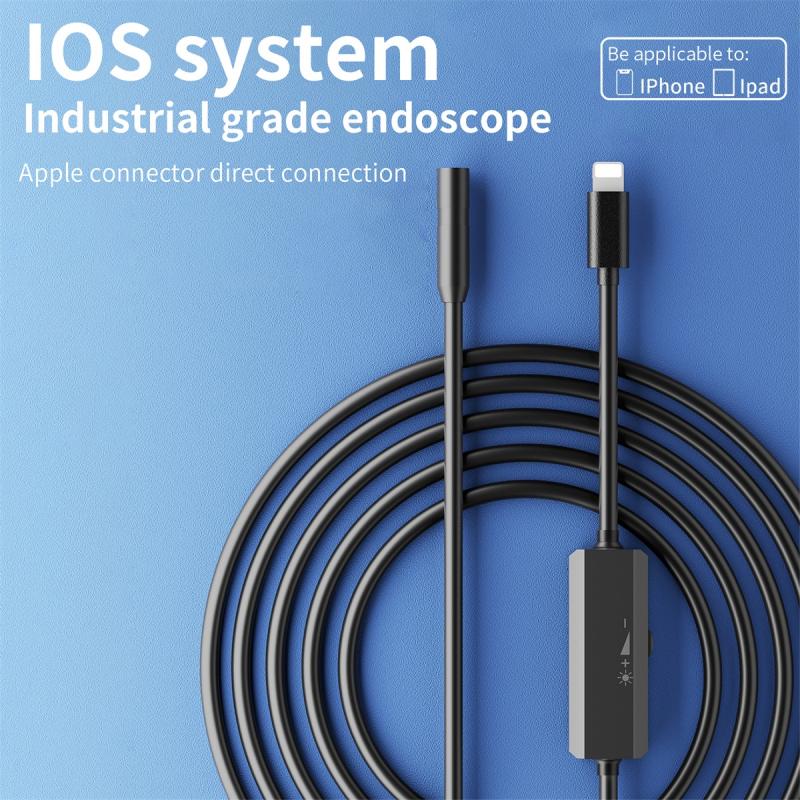

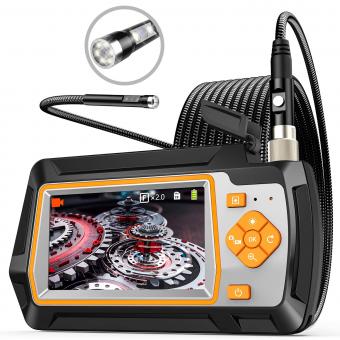
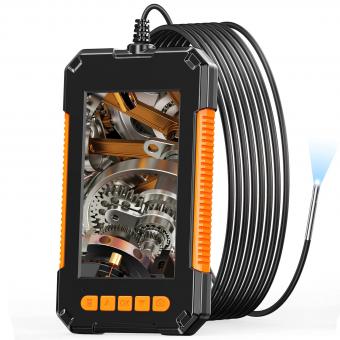
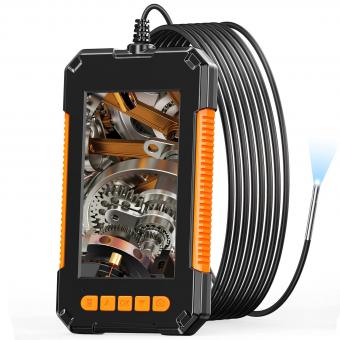

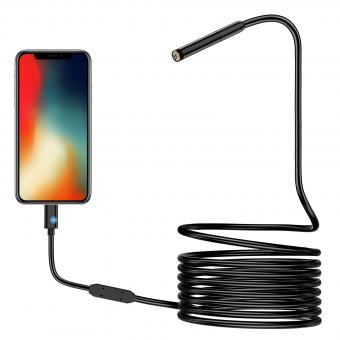

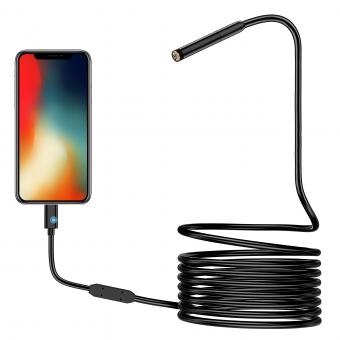


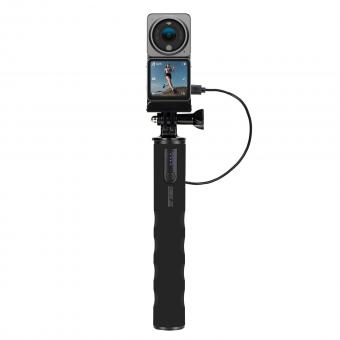






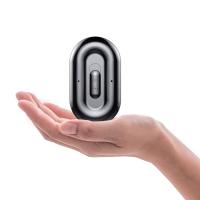








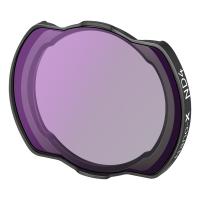
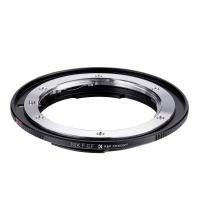

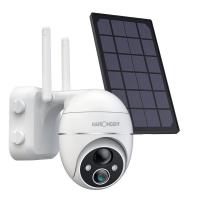
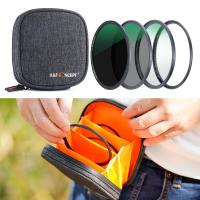
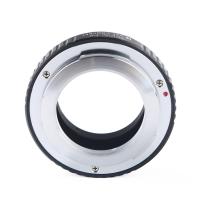


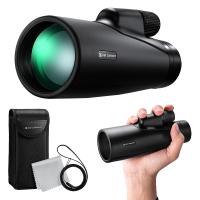
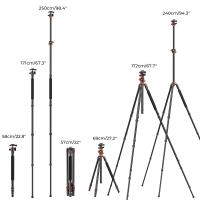

There are no comments for this blog.